
What Are the Tiny Blisters on Your Hands in Summer Trying to Tell You?
As the summer heat intensifies, you may start to notice small, itchy, fluid-filled blisters—often mistaken for insect bites or minor allergic reactions—appearing on your hands. These tiny bumps, while seemingly harmless, could be your body’s way of sending an important message about your health. So, what exactly are these “summer blisters,” and what are they trying to tell you?
1. Dyshidrotic Eczema: The Most Common Culprit
The most common cause of tiny blisters on the hands during hot weather is a condition called dyshidrotic eczema (also known as pompholyx). This skin condition is characterized by small, itchy blisters that appear on the fingers, palms, and sometimes the soles of the feet. It often flares up during warm, humid weather or periods of high stress. The blisters can be irritating and may eventually peel or crack if left untreated. Though not contagious, dyshidrotic eczema requires proper skincare and sometimes medical treatment to manage effectively.
2. Heat Rash (Miliaria): A Reaction to Trapped Sweat
Another possibility is miliaria, commonly known as heat rash. This occurs when sweat ducts become blocked, trapping sweat beneath the skin. In response, the body develops tiny red or clear bumps, sometimes forming small blisters. Heat rash is common in hot and humid conditions and may affect people who sweat excessively or wear tight gloves during outdoor activities. While heat rash usually resolves on its own, keeping the skin cool and dry is key to preventing further outbreaks.
3. Allergic Reactions or Contact Dermatitis
Sometimes, these blisters are caused by contact with an irritant or allergen—like certain soaps, detergents, rubber gloves, or plants. Known as contact dermatitis, this condition can result in redness, itching, and small blisters. If you've recently changed skincare products or handled unfamiliar substances, your skin may be reacting to those changes. Identifying and avoiding the trigger is essential to stop the reaction and allow healing.
4. Fungal or Viral Infections
While less common, tiny blisters can also be caused by fungal or viral infections. For example, herpetic whitlow, caused by the herpes simplex virus, can appear as small, painful blisters on the fingers. Similarly, a fungal infection like tinea manuum might result in blistering, peeling, or scaling on the hands. These conditions typically require medical treatment and should not be ignored.
5. Early Signs of Autoimmune or Internal Conditions
In rare cases, persistent or recurring blisters may point to an underlying autoimmune disorder such as bullous pemphigoid or other systemic issues like diabetes or thyroid imbalance. While these are less likely, if the blisters come with other symptoms—such as fatigue, joint pain, or fever—it is important to consult a doctor for further investigation.
What Should You Do If You Notice These Blisters?
First, observe whether the blisters are itchy, painful, or spreading. Track any new products or environmental changes that may have triggered them. Keep the area clean, dry, and avoid scratching, as this can lead to infection. Over-the-counter hydrocortisone creams may help, but persistent cases should be evaluated by a dermatologist or physician. It’s especially important to seek medical attention if the blisters come with swelling, pus, fever, or if they don’t heal after a week or two.
Conclusion
Tiny blisters on your hands in summer may seem like a minor annoyance, but they can reveal deeper issues ranging from eczema to allergies, or even infections. Rather than brushing them off as simple heat bumps, pay close attention to how your skin behaves. Your body uses subtle signs like these to communicate when something is wrong. Recognizing them early can prevent complications and help you maintain healthy, comfortable skin all season long.
News in the same category


Scientists Finally Figure Out What’s Causing Girls to Get Periods at a Younger Age

Top Foods to Avoid After 60 for Better Health

Aspergillus Fungus Threatens Millions As It Spreads Due To Climate Change, Scientists Warn
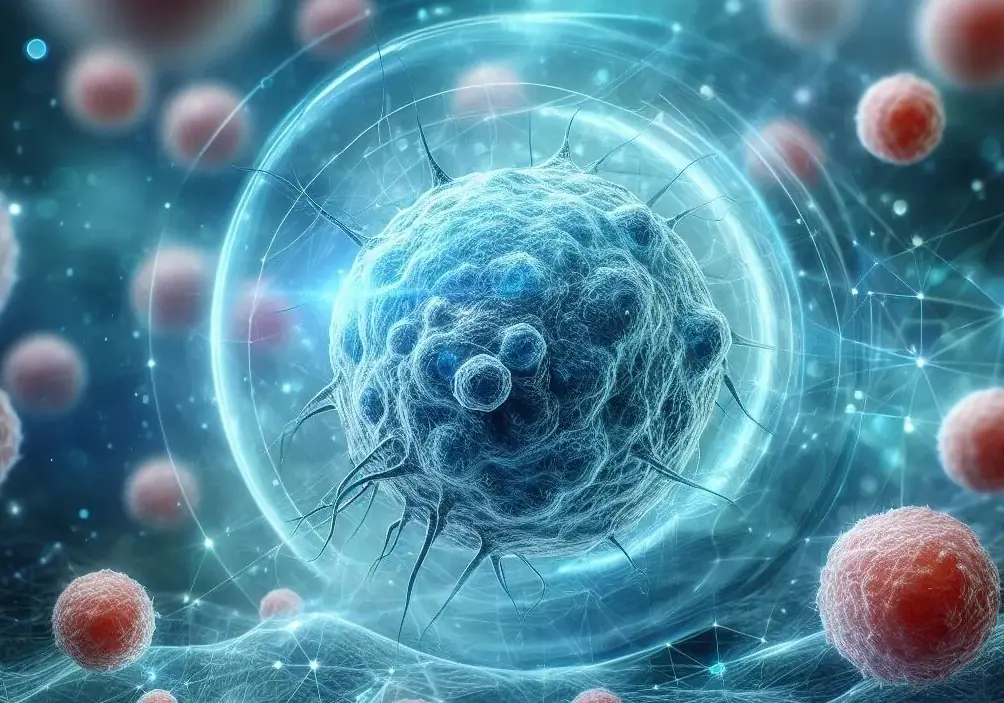
5 Pains in the Body That May Signal Early-Stage Cancer: Don’t Delay, or It May Spread

9 Early Warning Signs of Stomach Cancer: See a Doctor Immediately If You Have Even One
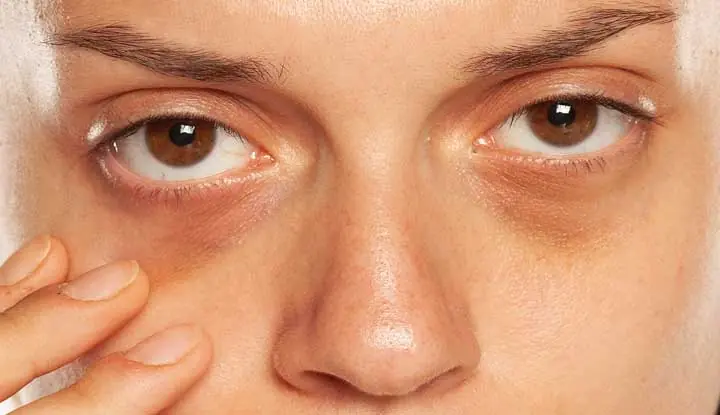
Dark Under-Eye Circles: A Subtle Health Warning You Shouldn't Ignore

Simulation Reveals Harsh Effects of Ozempic Beyond Weight Loss
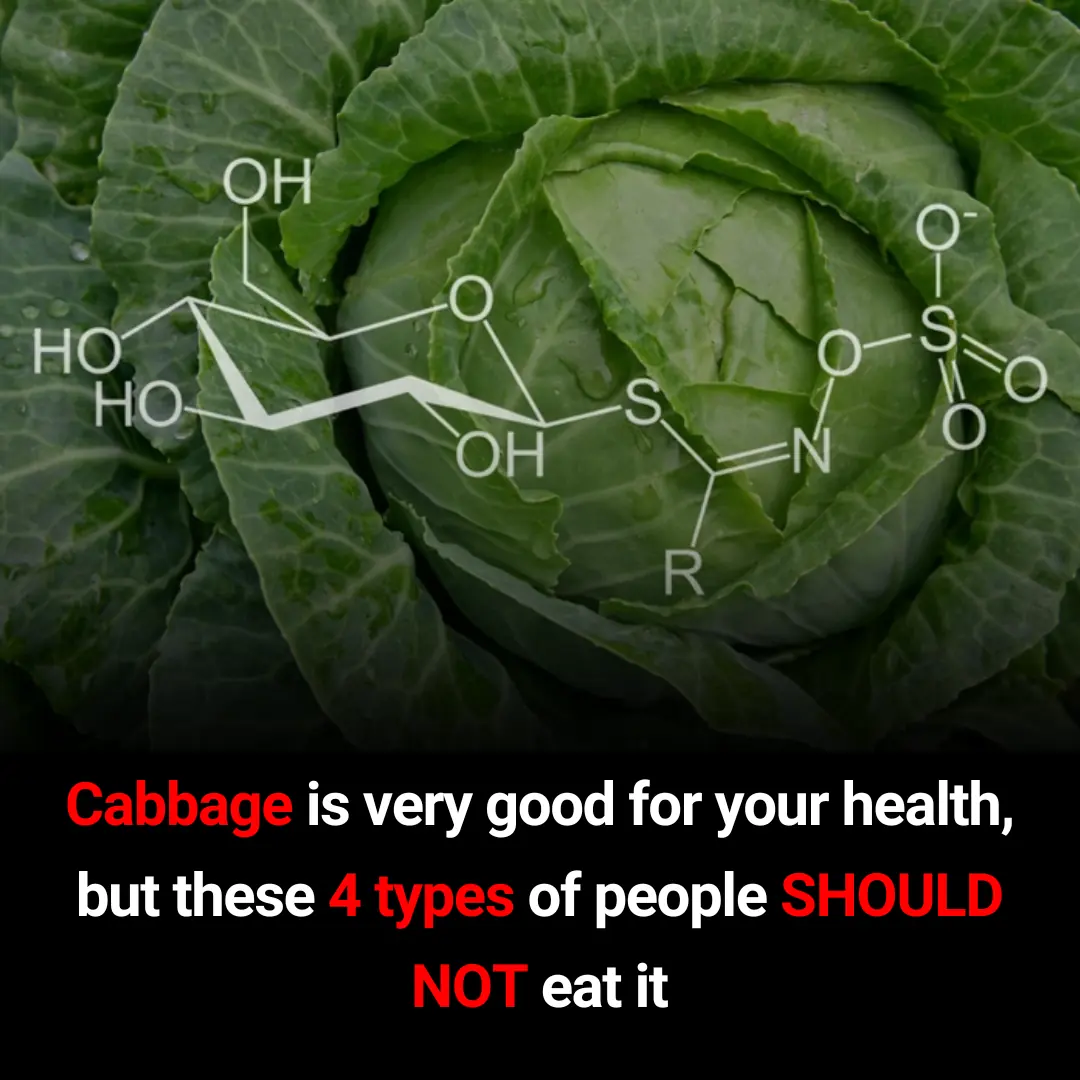
4 Types of People Who Should Limit or Avoid Eating Cabbage

12 Warning Signs That May Signal a Brain Aneurysm — Don't Ignore Them

The Little Bow: Unraveling the Mystery on the Front of Women's Underwear
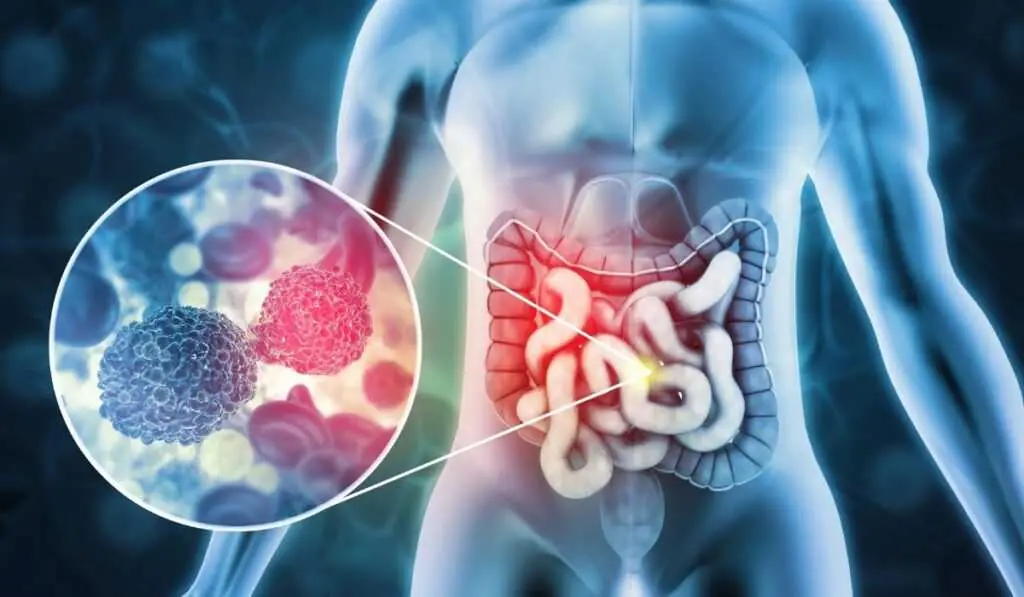
Your Poop and Colon Cancer: Decoding Early Warning Signs
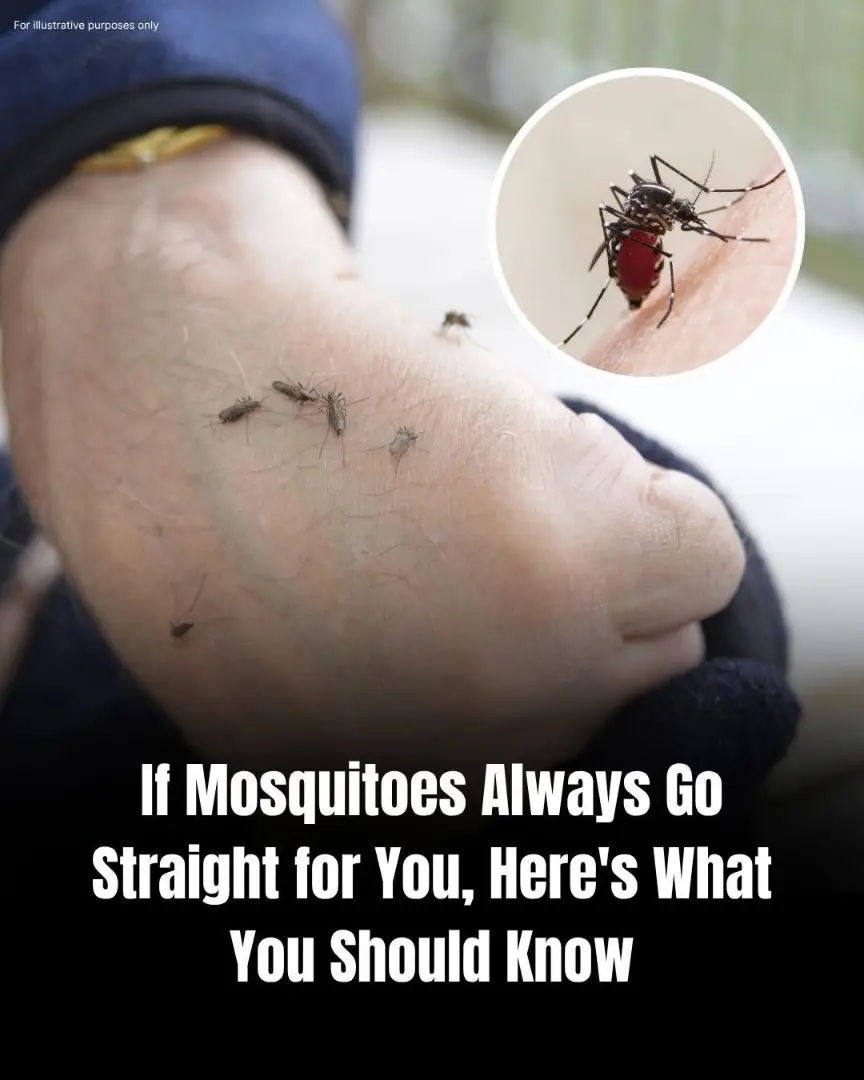
Why Mosquitos But Some People More Than Others
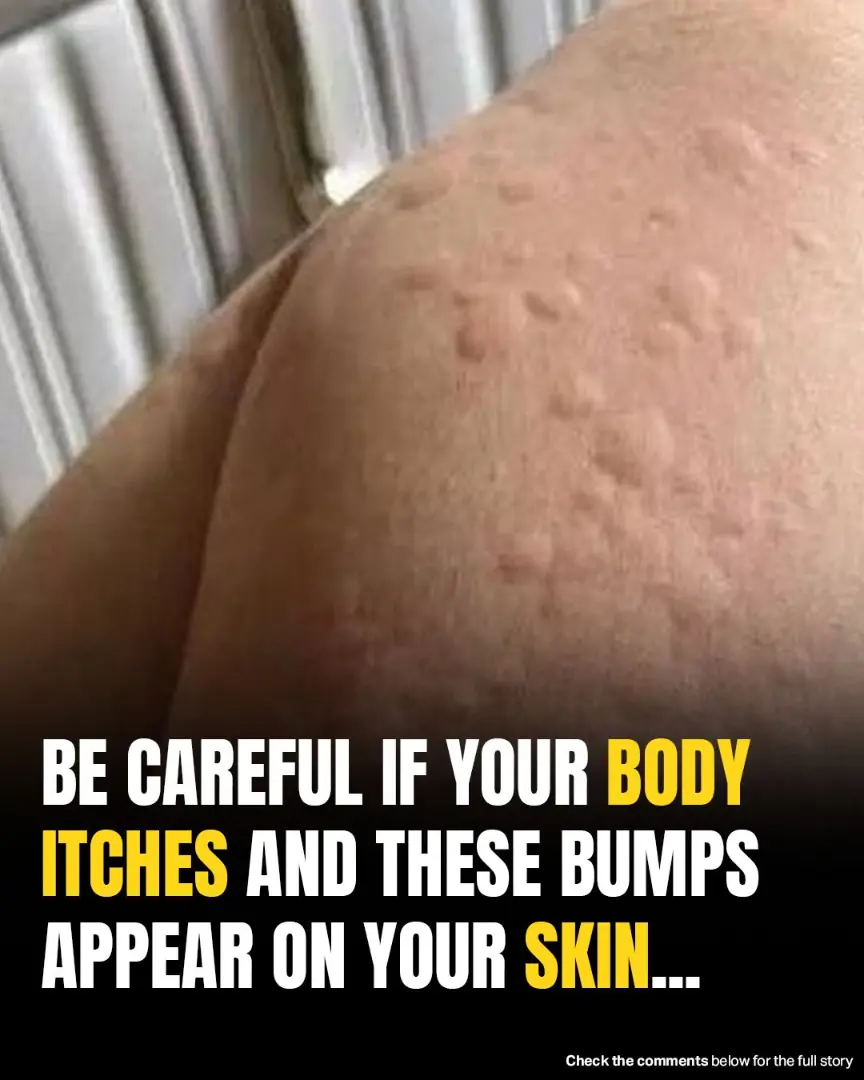
Surprising Causes Of Hives Revealed — What May Be Triggering Your Skin Reaction
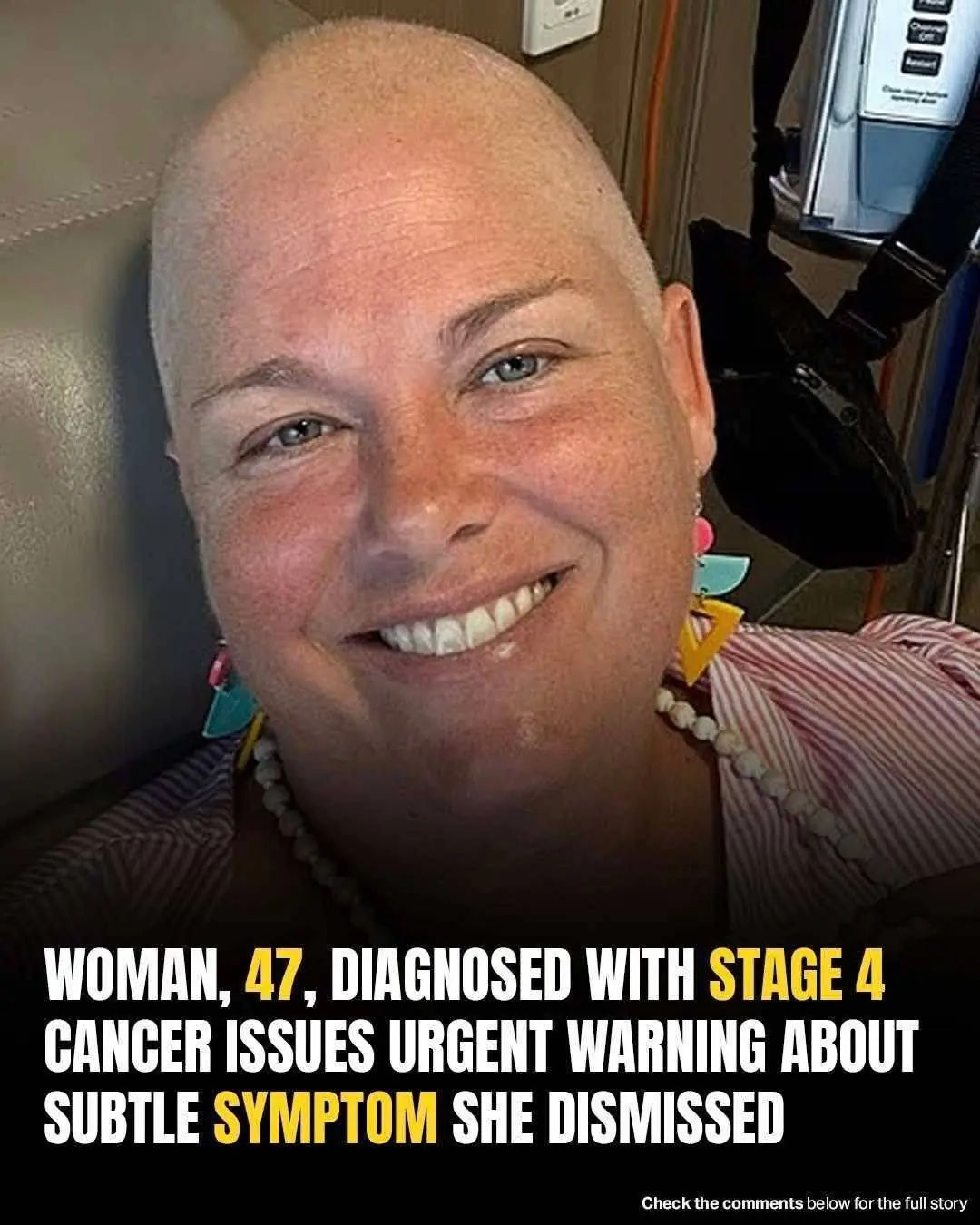
Stage 4 cancer patient warns overlooked minor signs can mask a fatal disease
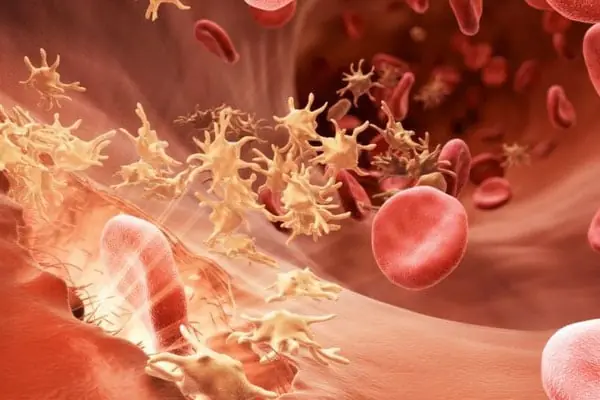
Parents’ Common Feeding Habit Leads to Stomach Cancer in 2-Year-Old Boy
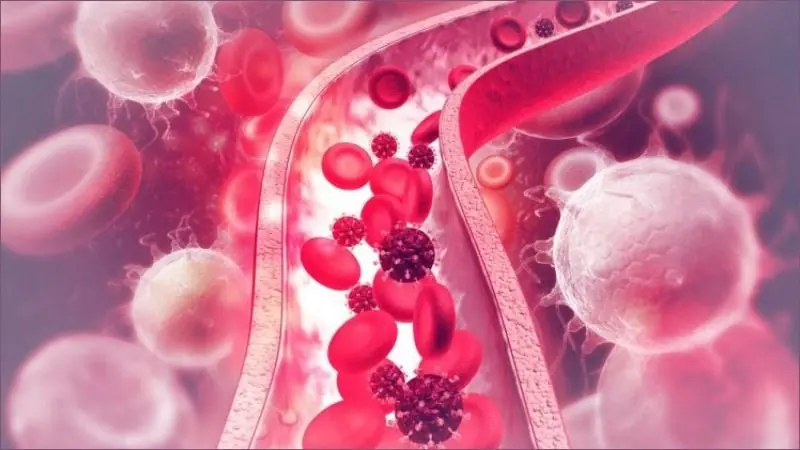
36-Year-Old Teacher Passes Away from Diabetes Despite Not Liking Sweets — Doctor Says It's Due to 4 Favorite Foods

American Doctor Identifies 5 Warning Signs Your Liver Is Overloaded – Seek Medical Attention Even If You Have Just One

Experts Warn Against Cervical Adjustments After Rare Paralysis Case In Neck Clinic
News Post

Experts Say Turning Off Wifi And Keeping Phones Out Of The Bedroom Could Boost Your Health
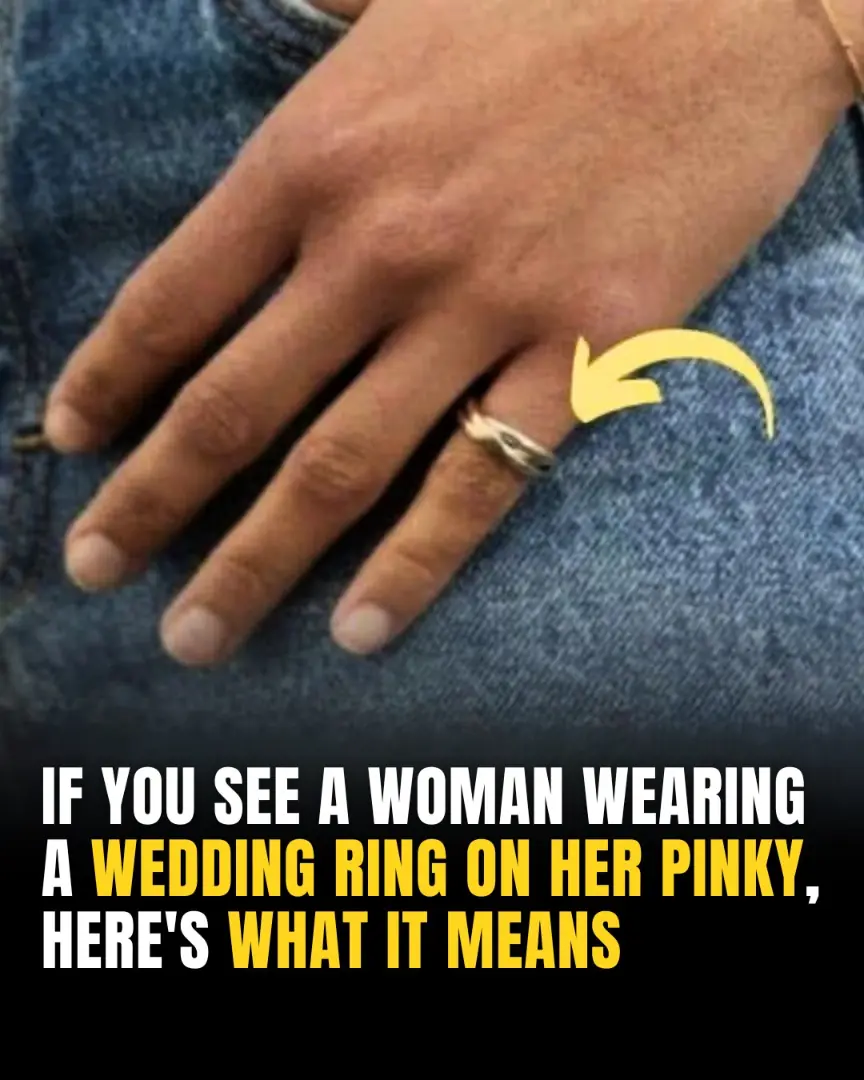
If You See A Woman Wearing A Wedding Ring On Her Pinky Finger Here’s What It Means

Experts Are Shedding Light on the ‘Death Rattle’ Phenomenon Before Passing

Experts Break Down How Far You’d Need To Be To Survive A Nuclear Blast

Scientists Finally Figure Out What’s Causing Girls to Get Periods at a Younger Age

Experts Warn 1,000ft Mega Tsunami Could Slam Into Us Coast — Is Your Hometown In Danger?

Man Who Predicted Covid Outbreak Reveals Chilling Warning About New Emerging Crisis

Top Foods to Avoid After 60 for Better Health

Flight Attendant Reveals Why Cabin Says Hello As You Board, and It’s Not What Think

10 Cities That Could Be Underwater by 2050. Here’s The Full List

Aspergillus Fungus Threatens Millions As It Spreads Due To Climate Change, Scientists Warn

The Incredible Story of a British Airways Pilot Who Survived Being Ejected from a Plane for 20 Minutes

Never keep these 4 relics after losing a loved one

Euphorbia Hirta: Nature’s Hidden Gem for Wellness

Can Garlic Support Healthier Veins Naturally?

Can Chia Seeds Support a Healthier Waistline Naturally?

5 Pains in the Body That May Signal Early-Stage Cancer: Don’t Delay, or It May Spread

9 Early Warning Signs of Stomach Cancer: See a Doctor Immediately If You Have Even One
